Combat aircraft. Need for invention is cunning or "Junkers" from a copier
One of the most interesting aircraft of the Second World War. He is interesting in several things at once, ranging from stories its appearance and ending with fate.
It's worth starting with intrigue.
What do you think is the relation to aviation could have had a metallurgical company "Watanabe Tekko-jo" from the city of Fukuoka? Also, what metal is used in aircraft construction?
Nevertheless, it was the metallurgists who built the plane. By the way, the company survived and still exists today. Famous for its alloy wheels for cars. And in the times we are describing, the company had a tiny division of two dozen people, which was engaged in the development of light-engine airplanes.
Now about the problem.
At the beginning of their blitzkrieg, the Japanese command did not think much about the value of intelligence and patrol services. However, as the United States was drawn into the war (especially after the slap in the face at Pearl Harbor), the sea had to be monitored.
If at the beginning of their expansion the Japanese were opposed by the colonial units of the British and Dutch armies, armed on a leftover basis (especially the Air Force), then the US strength had to be treated with due attention.
And with the intelligence and patrol service, the Japanese were very so-so. Basically, this service was assigned to seaplanes and flying boats, or to the Mitsubishi G3M bombers that were disabled due to resource depletion.
This was justified, since indeed, operating in the conditions of a total offensive in small territories, such a set was quite enough. The fleet went ahead, capturing island after island in the Pacific Ocean, and naval seaplanes flew ahead fleet.
However, the fleet then went further, and the territories remained. And they had to be patrolled, since enemy submarines and surface ships could appear at any moment.
Especially submarines.
By the way, the allies played an important role in understanding the problem, since the anti-submarine Catalins and Liberators very calmly dealt with the Japanese submarines.
And allied submarines were thinning the ranks of the Japanese transport fleet at an alarming rate.
The Japanese command could not afford to lose transports in such quantities, since Japan was too dependent on the supply of strategic raw materials from the captured regions.
And at the end of 1942, in the depths of the technical department of the headquarters of the Imperial Navy ("Kaigun Koku Hombu"), a technical task was born for the development of a specialized aircraft, which was supposed to become a kind of analogue of the "Catalina".
It cannot be said that the problems of the fleet were treated with due attention in the technical department. How else to explain that the development and construction of the aircraft was entrusted to a company that, to put it mildly, was not well versed in this matter.
According to the terms of reference, the patrol aircraft was supposed to spend at least 10 hours in the air at a cruising speed of 200 km / h. Separately, the possibility of dropping two bombs weighing 250 kg from a gentle dive, which were to be suspended under the wings, was stipulated.
Here it becomes clear why the task did not interest such giants as Mitsubishi, Nakajima, Kawasaki and others. The patrol plane did not promise a large series, which means that the giants should not be distracted by a project that did not promise a decent profit. As they say, business and nothing personal.
The development of the project was entrusted to the engineer Nojire Kozo. Little is known about him. Kozo designed the plane in which the German Junkers Ju.88 was easily guessed. This is normal, many Japanese engineers were trained at factories and design bureaus in Germany before the war. The option is not excluded that Koze was also a guest of the Germans.
Anyway, his project was just a copy of the 88th. Slightly shorter (12 m versus 14,3 for Ju.88), with a smaller wing (span 16 m versus 18,4 for a German), a smaller wing (38 sqm versus 55 sqm for Ju.88) , and twice as light (3 kg versus 100 in empty form).
The engines Kozo chose are very distinctive. From Hitachi, which also did not shine, Tempu, with a capacity of 610 hp each. The two Tempu motors produced the same power as the one Jumo-211B-1 (1 hp), but the plane was lighter, so it made sense to take a chance. In any case, no other Kozo engines were offered.
The crew of three (pilot, radar operator and navigator-gunner) Kozo placed in an absolutely "Junkers" cockpit with a huge glazing area (for a Japanese aircraft).
Gas tanks with a capacity of 1200 liters were placed in the wings (of course, no armor and no protectors), and the entire tail section was given for the placement of electronic equipment.
The prototype of the aircraft was completed in December 1943. By that time, the aircraft building department of the Watanabe company was separated into an independent company, Kyushu Hikoki, and relocated to the city of Kasuga.
The first flight took place in January 1944. Following the results of the first flights, the car had to be finalized, since exchange rate instability was revealed, this was corrected by redesigning the tail.
Immediately after the first prototype flew, the construction of a series of 8 pre-production vehicles began. At that time, the need for the aircraft was such that the command of the fleet decided to launch the aircraft into series without waiting for the end of the tests.
And at the beginning of 1944, the aircraft was adopted by the fleet under the name "Rikujo Shokai-ki", that is, a coast-based patrol aircraft. Short designation Q1W1, proper name - "Tokai", that is, "East Sea".
There was a debate about the armament of the aircraft, since the desires of the fleet and the capabilities of the designers clashed. The naval experts wanted to see a 20-mm Tip99-1 cannon in the nose of the aircraft, with the help of which the Tokai could attack enemy submarines, but they had to confine themselves to the navigator's only 7,7-mm Type 92 defensive machine gun. The offensive armament consisted of two 250 kg bombs under the wings.
The rest of the payload was to consist of electronic equipment.
At that time, anti-submarine aircraft in the world used radars operating on waves of different lengths. The Allies were much more successful in creating such devices than the Japanese, and therefore everything was very sad with radar equipment.
The Japanese generally had one single airborne radar, Type 3 or H-6. A rather cumbersome and heavy structure, which was placed on those aircraft that could carry it. That is, from deck torpedo bombers with their large bomb bay to four-engine flying boats.
Radar N-6 operated at a wavelength of 2 m (150 MHz) and at a power of 3 kW had a detection range of large group targets up to 130 km, and single ships 50-70 km. The radar weighed more than 100 kg, but weight was not the main problem, the dimensions of the installation played a role here.
It was almost impossible to install the H-6 in the Tokai, so a new type of radar was developed for this aircraft, called the FM-3. It worked in the same wavelength range and at about the same range, but was half lighter and required a third less energy.
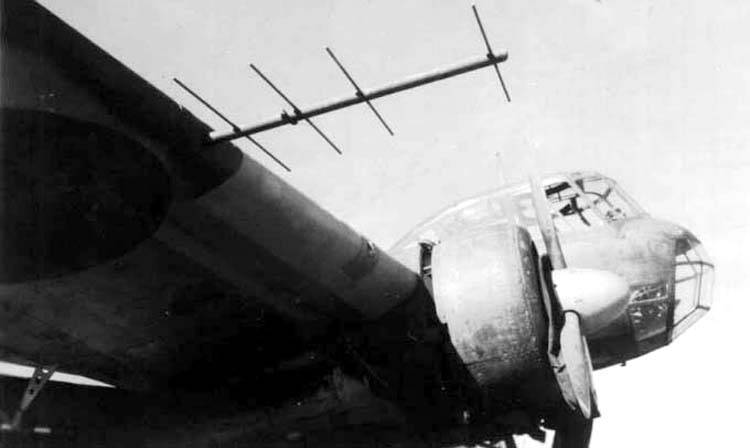
However, the radar was only useful when the submarine was on the surface of the water. Or to detect surface ships. If the submarine was sailing at depth, the radar was useless. Therefore, the naval command insisted on installing a magnetometer on the Tokai. It is essentially a huge coil of electromagnet that caught the boat's magnetic field and for which the water was not an obstacle.
The Japanese had a magnetometer. It was developed and tested shortly before the start of work on "Tokay". And they were put into service almost simultaneously, in the spring of 1944.
The KMX Type 3 Model 1 magnetometer detected a submarine with a displacement of 3 tons in a submerged position at a distance of 000 meters, the radius of accurate detection was small, only 160 meters. Smaller boats, about 120 tonnes of displacement, were detected at a distance of 1 meters. The radius was already 000 meters.
The tactics of using the "Tokay" looked like this: the plane detects the boat using a radar at a distance of up to 50 km. If the boat detects the plane and begins to dive, then the magnetometer is used, the boat is detected with its help, and then the bomb attack follows.
In general, a very well thought-out theory. But as always, in practice, everything was somewhat more complicated.
Let's start with the fact that the FM-3 radar was not ready at the time of the start of mass production. At all. Attempts to install the old N-6 radar on the Tokai were also unsuccessful, since the power of the aircraft's generators was not enough to provide power for both the radar and the magnetometer.
Thus, "Tokai" went into series, equipped only with KMH magnetometers. The crew's eyes and binoculars worked as a means of primary detection. For 1944, this was ineffective and greatly reduced the combat value of the aircraft.
Another tactic was developed for the use of these aircraft. Search groups of 6 aircraft were to be formed. The planes lined up at a distance of about 200 meters from each other for optimal operation of the magnetic detectors, and with such a group they combed the area of the possible location of the submarine.
When the Tokayev formation passed over a submerged submarine, a magnetic detector detected a disturbance in the magnetic field, giving a sound and light signal to the crew, while automatically firing down a paint marker, marking the water with a colored spot where the submarine was detected.
After that, the planes turned around and, repeatedly flying over the place where the boat was found, they checked the direction of its movement using the same magnetometer, after which the bomb attack followed.
The Tokai troops began to arrive in October 1944. The squadrons and units of Q1W1 were not reduced, based in detachments of several vehicles.
The main area of application for anti-submarine patrols of the Japanese fleet was the East China Sea, where convoys usually went from the mainland to Japan and between Japan and Formosa, based on Jeju Island off the coast of Korea and Taiwan, as well as the Bonin Archipelago halfway between Japan and the Philippines.
The problem was that in 1945 air control was firmly in American hands. The slow and (practically) unarmed patrol plane was a highly desirable target for American fighter pilots looking to increase their score.
There were attempts to somehow improve the protection of the Tokay by installing a 7,7-mm Type 20-99 cannon instead of a 1-mm machine gun. It is clear that this did not greatly improve the situation, and the Americans continued to shoot down Tokai wherever possible. As a result, Q1W1s were used only in the East China Sea, where they could count on air cover for their fighters.
In the East China Sea in the spring and summer of 1945, the Tokayev crew reported on the destruction of 7 enemy submarines. After the war, the Americans confirmed the death of only one submarine, SS-237 Trigger.
However, it cannot be said that the Trigger was destroyed by the Japanese pilots. Yes, the American submarine was spotted by the Q1W1 group, which attacked the boat with bombs. The attack was not effective, but the anti-submarine aircraft were able to maintain contact with the boat and point an escort destroyer and two minesweepers at it, which finished off the boat with depth charges.
In June 1945, Tokai began to be equipped with FM-3 radars, which finally went into production. But you yourself understand that it was already useless.
The last recorded case of the use of Q1W1 took place on August 1, 1945, when three "Tokai" under the cover of three A6M2 "Zero" attacked the American submarine SS-309 "Espro", which was engaged in rescuing the crews of downed aircraft.
But Espro was also covered. There was a Liberator patrolman and four Mustangs in the area. The Mustangs attacked the Zero and shot down two of the three fighters in battle. And the crew of the Liberator from the onboard Browning shot down two Tokai.
On this, the combat use of Q1W1 ended. By the end of the war, of the 153 Q1W1s produced, 68 survived. After the occupation of Japan, the Americans studied the Tokai and, as a result of these studies, all aircraft were scrapped.
We can say that the Japanese designers succeeded in creating an anti-submarine patrol aircraft. Especially when you consider that this was done by a company that had no practical experience in this.
The Tokai could be a very useful aircraft if it had only a few things: more powerful engines, body armor and defensive weapons. And of course, the radar.
As a result, another cardboard plane turned out, which flew very well for its performance characteristics and could fulfill the duties assigned to it.
For an unknown, tiny department at a steel company, a perfect result.
LTH Q1W1 "Tokai"
Wingspan, m: 16,00
Length, m: 12,09
Height, m: 4,10
Wing area, м2: 38,20
Weight, kg
- empty aircraft: 3 102
- normal takeoff: 4 800
- maximum take-off: 5 318
Engine: 2 х Hitachi "Amakaze-31" х 610 hp
Maximum speed km / h: 320
Cruising speed, km / h: 240
Practical range, km: 1 340
Maximum rate of climb, m / min: 230
Practical ceiling, m: 4 490
Crew, prs: 3
Armament:
- one 7,7 mm Type 92 machine gun or one 20 mm Type 99-1 cannon (on the Q1W1a version)
- bombs or depth charges weighing up to 500 kg.
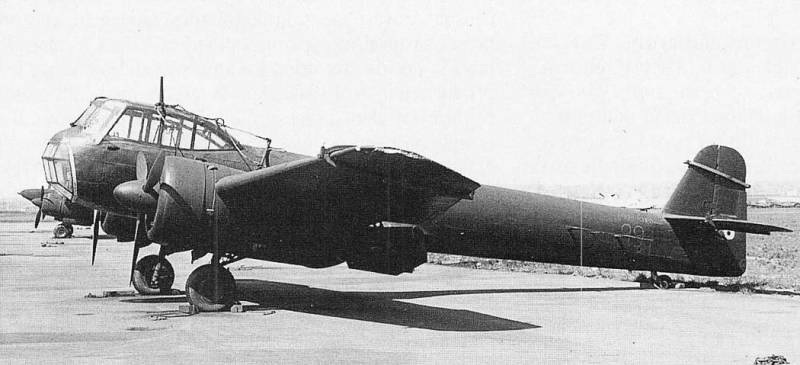
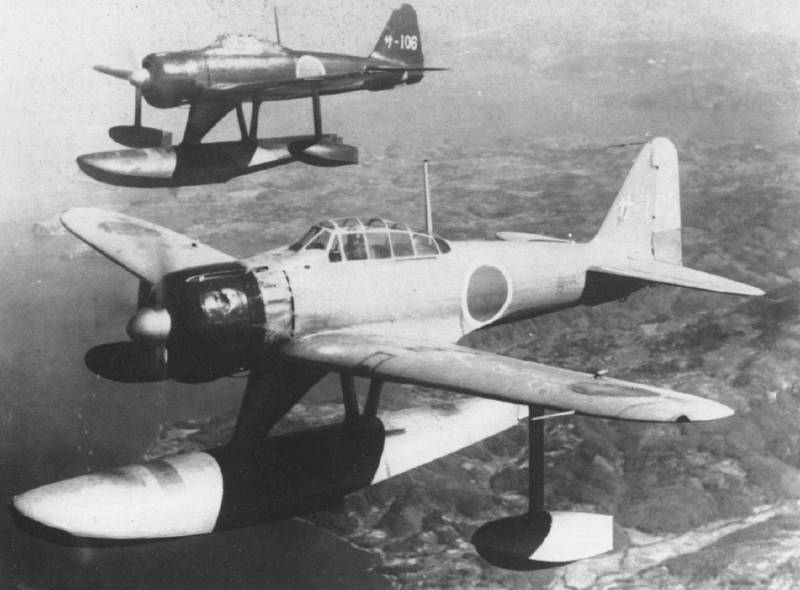
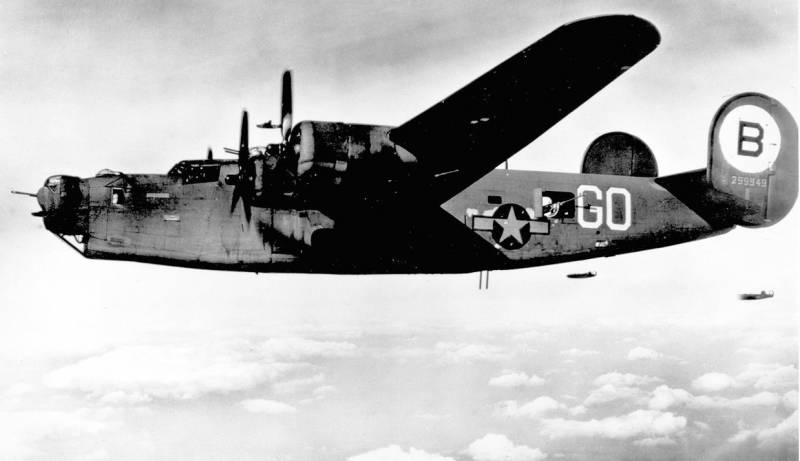

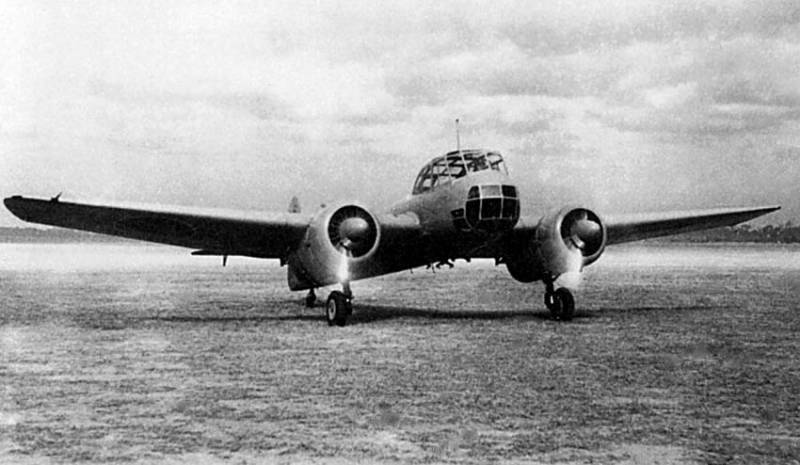
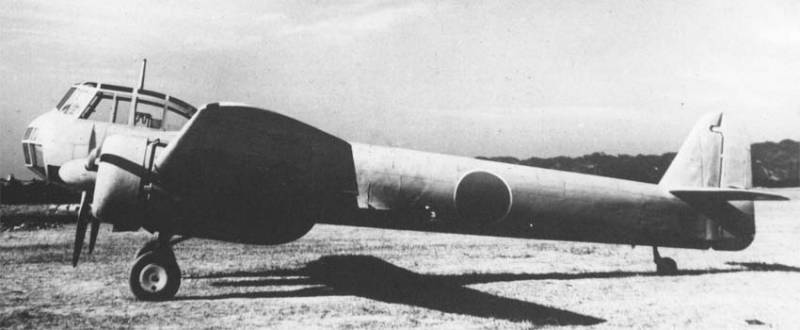
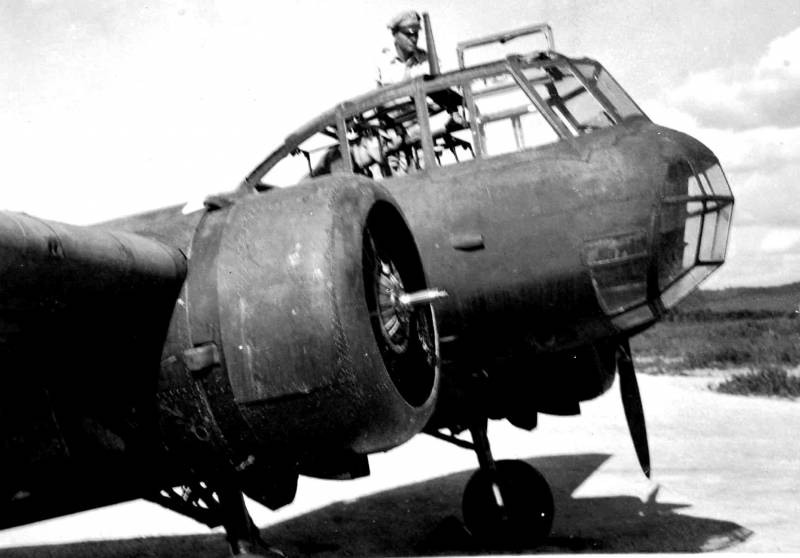
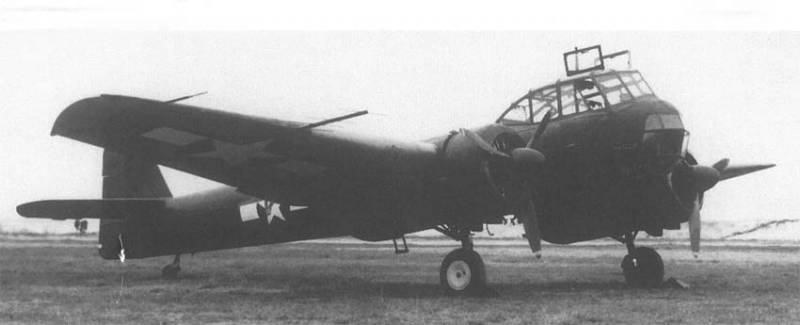
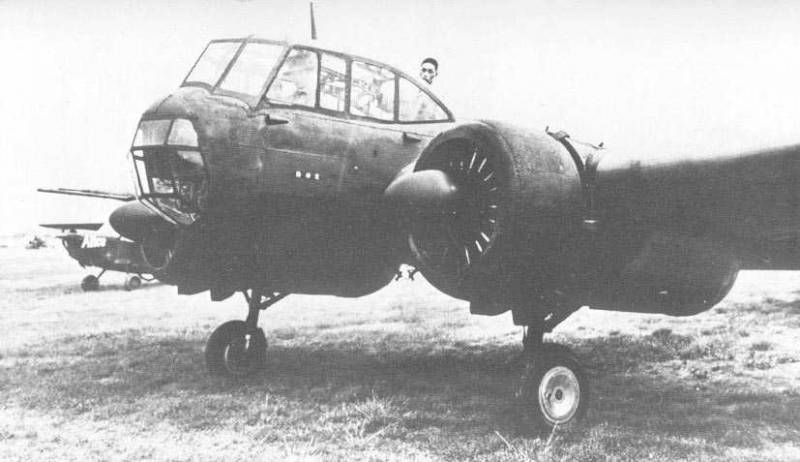
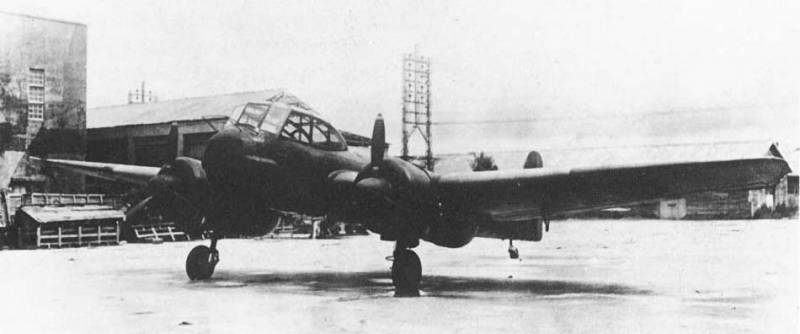
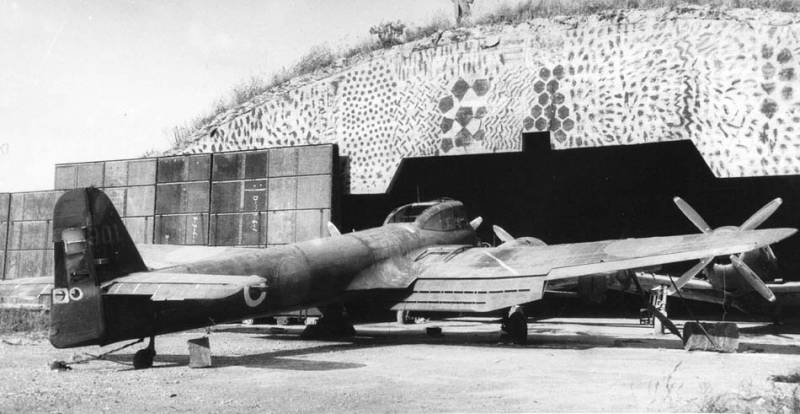
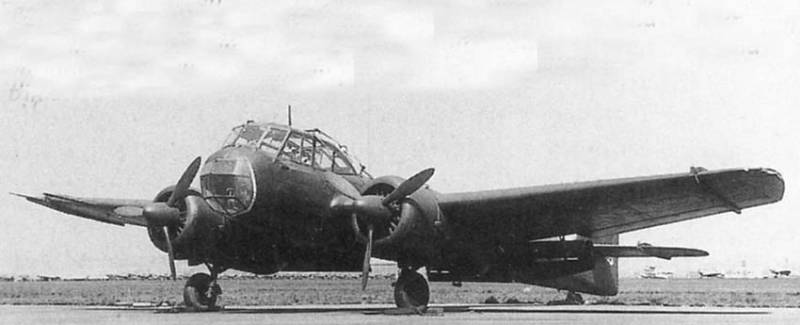
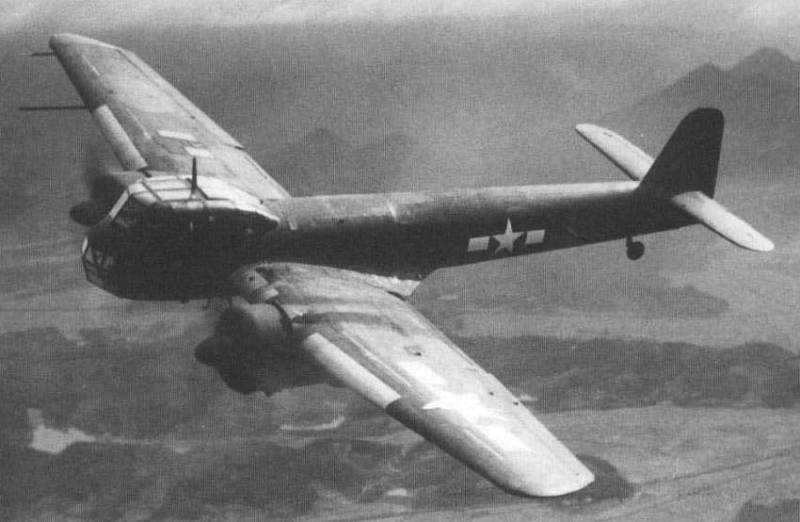
Information